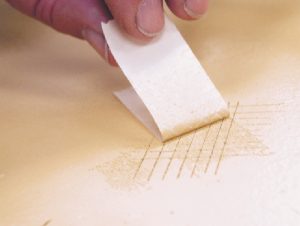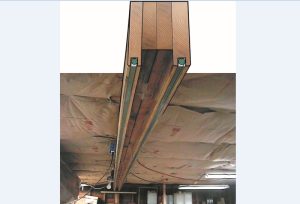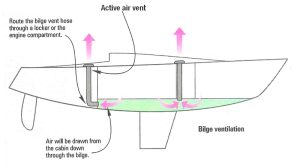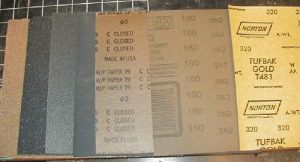A Wood and Epoxy 3-Masted Barque by Kay Harley Tenacious, the Jubilee Sailing Trust’s (JST) new wood/WEST SYSTEM Epoxy, 3-masted barque, underwent sea trials that began in June 2000. It offered a full schedule of tall ship voyages to Spain and the Canary Islands over the winter, with spring and summer trips to Brittany, Ireland, […]





